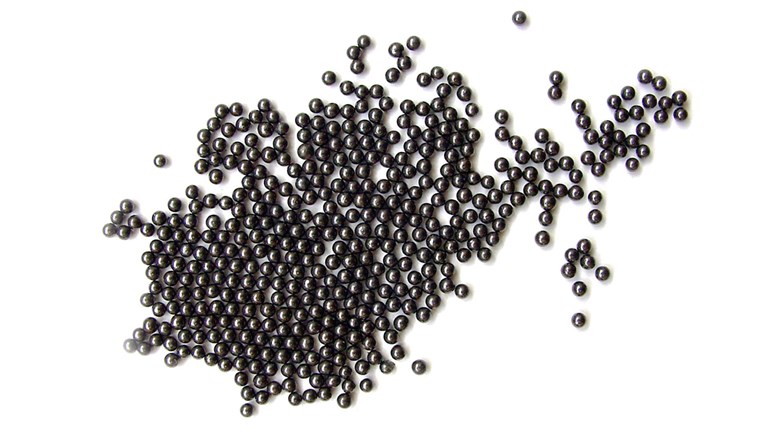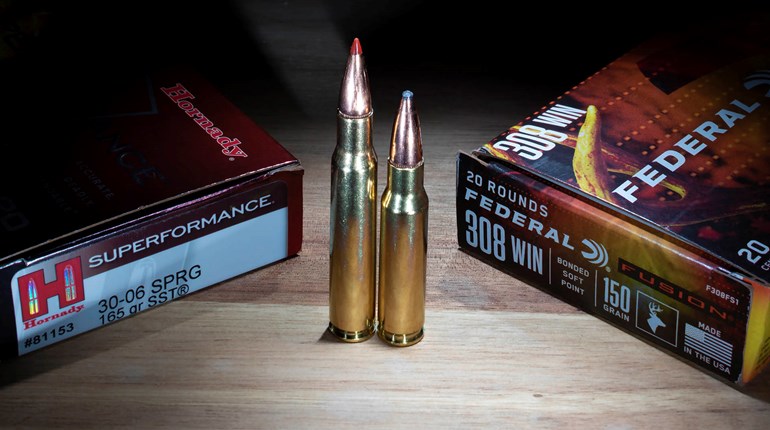
Each year, the U.S. Fish and Wildlife Service hosts a contest to see whose original artwork will adorn the next year's Federal Duck Stamps, which are required for adult waterfowl hunters to carry, but are also collector's items for millions of people. For over 80 years, these stamps have been critical to conservationists and hunters, but this year marks a milestone: For the first time, three brothers garnered the top three spots in the 2015 Federal Duck Stamp art contest.
Whether this is the ultimate "sibling rivalry" or just proof that this Minnesota family possesses astonishing talent, the results are the same: Three gorgeous stamps will be winging their way into collector's hearts. These stamps are more than just beautiful: They raise about $25 million annually to provide critical funds to conserve and protect wetland habitats in the National Wildlife Refuge System for the benefit of wildlife and the enjoyment of people.
The first brother, Joseph Hautman of Plymouth, Minnesota, won the contest with his acrylic painting of a pair of trumpeter swans (pictured above). Incredibly, this is Hautman’s fifth Federal Duck Stamp contest win, making him one of only two artists ever to have his art appear on five duck stamps. The painting will be made into the 2016-2017 Federal Migratory Bird Hunting and Conservation Stamp, or Duck Stamp, which will go on sale in late June 2016 and will sell for $25.

The first-place winner's brother, Robert Hautman of Delano, Minnesota, placed second with his acrylic painting of a pair of mallards. Robert Hautman has won the Federal Duck Stamp contest twice.
Finally, James Hautman of Chaska, Minnesota, took third place with his acrylic painting of a pair of mallards. He is a four-time winner of the Federal Duck Stamp Contest.
Altogether, the Hautman brothers have won 11 Federal Duck Stamp contests.
Said Jerome Ford, U.S. Fish and Wildlife Service Assistant Director for Migratory Birds, "I congratulate Joseph Hautman on his win and the entire Hautman family on their artistic talent.” Continued Ford, “This is not just any piece of art, but one whose impact will be felt for generations to come. Duck Stamps have helped to protect more than six-and-a-half million acres of waterfowl habitat in our National Wildlife Refuge System; now that is a lasting legacy.”
“Buying Federal Duck Stamps remains the simplest way to make a difference in conserving our nation’s birds and their habitats,” Ford emphasized.
Waterfowl hunters age 16 and older are required to purchase and carry the current Federal Duck Stamp. Conservationists, stamp collectors and others may purchase the stamp in support of habitat conservation. A current Duck Stamp can be used for free admission to any national wildlife refuge that charges an entry fee.
Ninety-eight percent of the proceeds from sale of the Federal Duck Stamp go to the Migratory Bird Conservation Fund, which supports the purchase of migratory bird habitat for inclusion into the National Wildlife Refuge System. You can contribute to conservation by buying Federal Duck Stamps at many national wildlife refuges, sporting goods stores and other retailers, through the U.S. Postal Service, or online at http://www.fws.gov/birds/get-involved/duck-stamp/buy-duck-stamp.php.







































